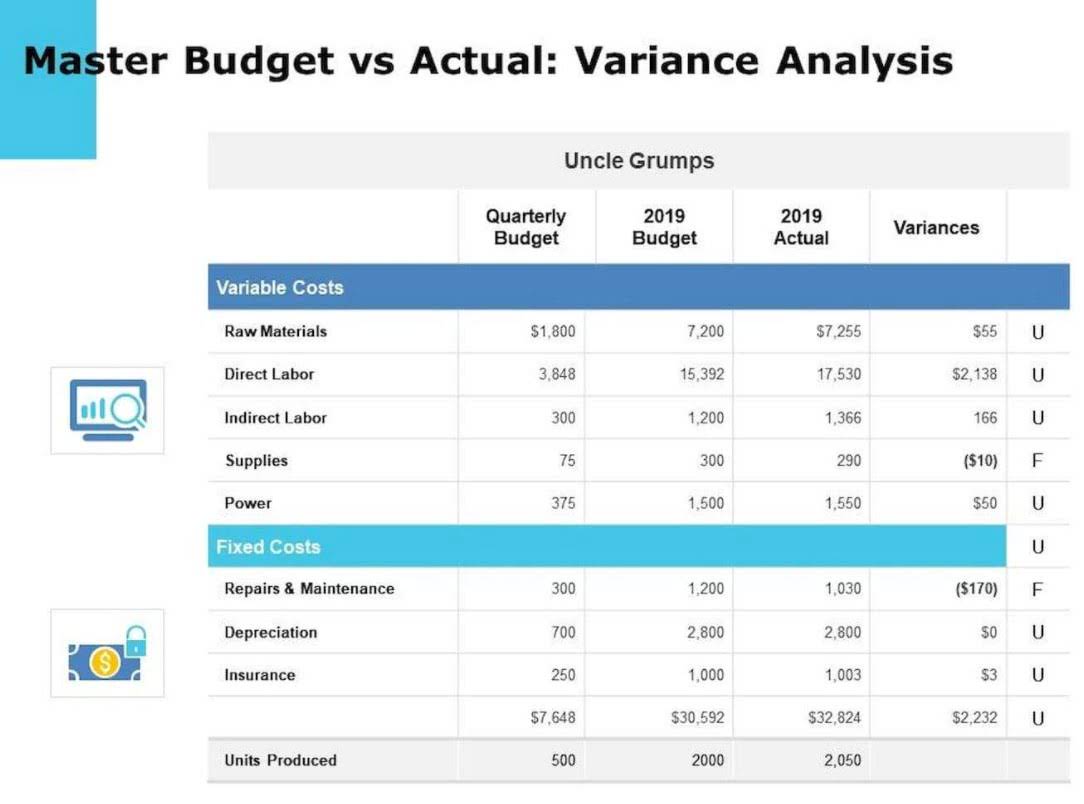
Other than as described above, commenters generally did not identify alternative proposals for the Critical Minerals requirement. Consistent with this, and taking into account the comments received, the final regulations adopt the following rules for determining qualifying critical mineral content. In response, several commenters expressed appreciation for the allocation-based determination. Commenters also requested that the rule be made permanent, due to the inability to quickly modify supply chains and the impracticability income summary or impossibility of physically tracing applicable critical minerals. One commenter appreciated the inclusion of the transition rule in allowing allocation-based determinations for critical minerals and constituent materials, as well as the transition rule regarding non-traceable materials. One commenter noted that the time frame for the temporary allocation-based approach (ending December 31, 2026) is very short and was not sure it would be sufficient for manufacturers to alter their supply chains, as needed.
Types of Accounts
There are generally two components of the income summary statement, namely the debit side and credit side. The final act of the income summary account is to transfer its balance to the retained earnings account, which is a permanent equity account on the balance sheet. This transfer signifies the culmination of the accounting period’s activities and the readiness of the company to commence a new fiscal period. The retained earnings account reflects the accumulation of a company’s net income less any dividends distributed to shareholders. It is a measure of the company’s ability to reinvest in its operations or distribute profits to its owners. The income summary account, while a temporary holding place, offers valuable insights into a company’s financial dynamics.
III. Regulatory Flexibility Act
(D) that (i) meets the requirements of section 30D(d)(1)(C), (D), (E), (F), and (H) (except for section 30D(d)(1)(H)(iv)), or (ii) is a motor vehicle that (I) satisfies the requirements under section 30B(b)(3)(A) and (B), and (II) has a gross vehicle weight rating (GVWR) of less than 14,000 pounds. The firm adjusts its monthly estimates to account for the effects of seasonality and inflation in its data, presenting its results in the form of an index with the median household income of January 2010 assigned a value of 100. Real Median Household Income Index for March 2024 is 116.0, rising above the index’s pre-pandemic February 2020 level for the first time.
Watch your business grow with Wise
It was arrived at by deducting the cost of revenue ($52.23 billion) from the total revenue ($168.09 billion) realized by the technology giant during this fiscal year. Just over 30% of Microsoft’s total sales went toward costs https://www.bookstime.com/ for revenue generation, while a similar figure for Walmart in its fiscal year 2021 was about 75% ($429 billion/$572.75 billion). It indicates that Walmart incurred much higher cost than Microsoft to generate equivalent sales.
How is income summary account prepared?
Companies record revenues and expenses on a quarterly rather than continuous basis, and account balances from one period are not added to those from the next. All of the revenue accounts balance in the credit side column as the organization’s total income. Also, all of the expense accounts balance in the debit side column as the organization’s total spending. On the other hand, if the debit balance is greater than the credit balance, the loss is indicated.
III. New Clean Vehicle Credit—Section 30D
Summary of Comments and Explanation of Revisions
- The Treasury Department and the IRS received a number of comments relating to the due diligence requirement.
- The Treasury Department and the IRS do not want to incentivize the purchase of unsafe or unreliable vehicles.
- (iv) The registered dealer meets any other requirements of section 25E(f) by reference to section 30D(g), including those in section 30D(g)(2)(B) through (E).
- These provisions and examples are adopted in the final regulations at § 1.25E-3(e)(1)(i), § 1.25E-3(e)(5) Example 1, § 1.30D-5(e)(1)(i), and § 1.30D-5(e)(5) Example 1.
- If the resulting balance in the account is a profit (a credit balance), debit the income summary account and credit the retained earnings account to shift the profit into retained earnings.
Step 3: Close Income Summary account




